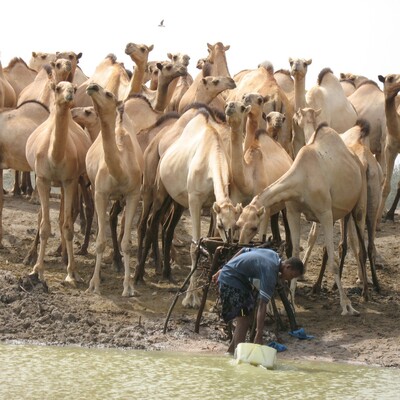
Bovine brucellosis: Prevalence, risk factors, economic cost and control options with particular reference to India – a review
Abstract
Background: Brucellosis is an economically important zoonotic disease with worldwide distribution, with low-income countries being more affected. The disease is endemic in India, a country that house the world’s largest cattle and buffalo population and produce the most milk in the world. Results: Prevalence of the disease in the country is reported as low as 1% to as high as 60% by different researchers but many of the published studies that reported higher prevalence were conducted in non-randomised samples. Based on this review, overall prevalence in the country is likely 12% or less. About 20 different risk factors are reported that contribute/predispose to occurrence of bovine brucellosis. The risk factors could be classified in four groups: host factors, farmer’s factors, managemental factors, and agro-ecological factors. Various studies reported high economic burden of the diseases in dairy animals but there is dearth of comprehensive and rigorous economic studies. Conclusions: In the absence of highly effective vaccines and because of difficulties in executing a segregation and slaughter policy of infected animals in countries like India, control of bovine brucellosis remains a challenge.
Citation
Deka, R.P., Magnusson, U., Grace, D. and Lindahl, J. 2018. Bovine brucellosis: prevalence, risk factors, economic cost and control options with particular reference to India – a review. Infection Ecology & Epidemiology 8(1): 1555448.









